Summary
Diogo Montteiro takes a look at some of Europe’s airlines from the past which are no longer with us.
How many do you remember? Which did you fly on? Leave a comment below.
Air Luxor – Portugal
Air Luxor, was a Portuguese airline, which operated a limited number of commercial flights departing from Lisbon. The company held IATA codes “LK”, ICAO “LXR”, and its callsign was “Air Luxor”.
The airline was founded in December 1988 by the Mirupi family (current owner of HiFly), who at the time decided to transform their small private aviation airline into a scheduled airline. Air Luxor, led by Paulo Mirpuri, then expanded in 1997 in commercial aviation, starting in the charter market and then in 2001 in the regular flight market.
Air Luxor had a total of 17 planes incorporated in its fleet, Airbus A319, A320, A321, A330, Boeing 767 and Lockheed L-1011 Tristar models.
At the end of its operational life, Air Luxor was in a very weak financial state, which resulted in the cancellation of some routes, such as the case of Lisbon and Oporto to Paris, or from Lisbon to Praia (Cape Verde), in May 2006. In July of that same year, Air Luxor was sold to a group of Portuguese-Canadian investors. After this process, only two Airbus A330s
remained in the Air Luxor fleet, which were temporarily grounded in September 2006 by lessors due to leasing fees that would not have been paid. This issue has been resolved and Air Luxor is able to fly again until its complete closure in October 2006.
SABENA – Belgium
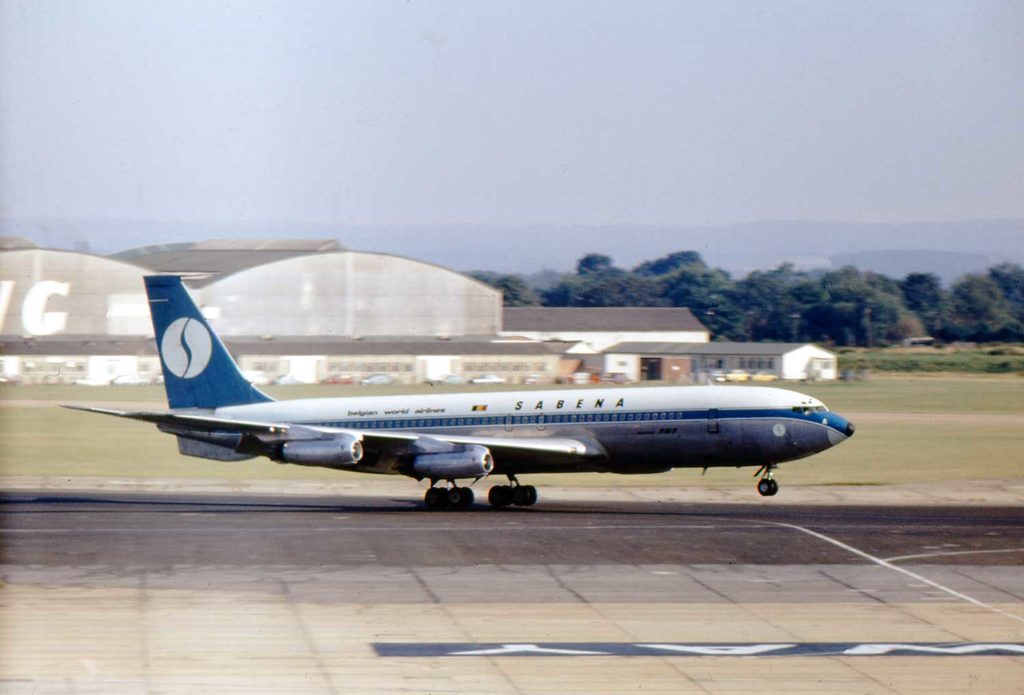
SABENA was the Belgian flag carrier since its foundation in 1923 until its bankruptcy in 2001. It flew under the IATA and ICAO codes “SN” and “SAB” respectively, being its callsign “SABENA”. It flew from its hub at Brussels Airport and had a fleet of 52 planes in a network of 99 destinations at the time of its bankruptcy. The airline was a member of the Qualiflyer
Group.
When SABENA was created in 1923, the airline was partially founded by Belgian citizens in the Belgian Congo who at the time had an air service that was closed. With the invasion of Belgium in 1940, most of SABENA’s planes were relocated in France or the UK, but almost all aircraft were shot down by the Germans, leaving only the airline’s African network active.
With the end of the war in 1945, air service was reopened in Europe and two years later in 1947 a flight to New York launched SABENA into the era of transatlantic flights and with it a period of expansion and development for the airline.
In the 1960s, the airline entered the jet age with the acquisition of the Boeing 707 and later the Boeing 747. The growth of this decade accompanied SABENA until the crisis in the mid-1970s.
Despite its weakened financial situation, SABENA continued to be an attractive goal for several European aeronautical groups. So in 1989, British Airways and KLM attempted to merge with SABENA, but the operation took little more than a year. The process would be repeated with Air France shortly afterwards.
However, it was only in 1995 that SABENA found a partner for the merger: Swissair, which bought 49.5% of the capital of the Belgian airline. Swissair, with its declared interest in entering in the Community market, had no doubts about making a large investment, focused on service quality and efficiency.
In November 1997, by Swissair directive, SABENA started to homogenize the fleet, thus making the most important aircraft purchase in the airline’s history with the acquisition of 34 aircraft of the A320 family.
After this reform process, demanded by Swissair, SABENA became a profitable company in 1998, making profits of US$ 20M in contrast to the multimillion-dollar losses suffered in previous years. This profit, however, would be short-lived due to the recession and the effects that the 9/11 attacks would have on the airline industry, especially on airlines that crossed the Atlantic.
Swissair had promised to invest millions in SABENA, but it did not, in part because the Swiss airline itself was already suffering from internal financial problems, having filed for bankruptcy a month earlier. SABENA requested legal protection against its creditors on 3rd October and went into liquidation on 6 November 2001. Fred Chaffart, then Chairman of
SABENA’s Board of Directors, read a statement on that day to explain the decision.
November 7th, 2001 was SABENA’s last day of operations. Flight SN690 from Abidjan to Brussels was the last SABENA flight to land in Belgium, operated by the Airbus A340-300 registered as OO-SCZ. After landing, the A340 was greeted by a water salute and several employees circled the plane holding hands in homage. 78 years of history and operation ended there.
At the time of bankruptcy, SABENA, as mentioned at the beginning, had 52 aircraft of the models: Airbus A319, A320, A321, A330-200, A330-300, A340-200, A340-300, Boeing 737-300, Boeing 737- 500 and McDonnell Douglas MD-11.
Swissair – Switzerland
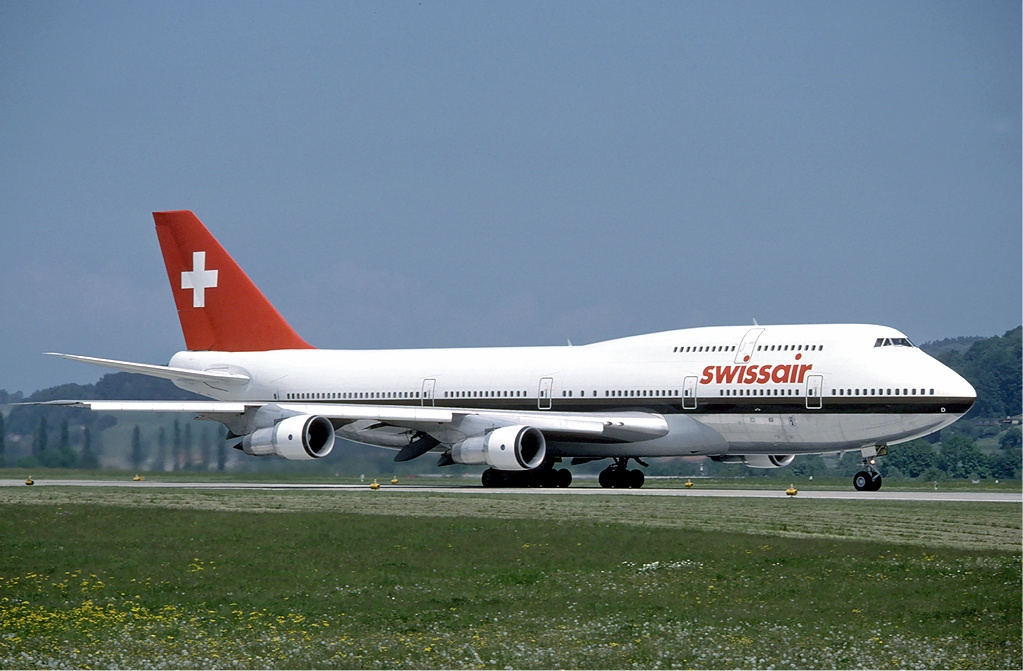
Eduard Marmet, CC BY-SA 3.0 <http://creativecommons.org/licenses/by-sa/3.0/>, via Wikimedia Commons
Swissair was founded in March 1931 through the merger of Ad Astra Aero with Balair and for 71 years, it was the flag carrier of Switzerland.
The airline’s first flights were then started in April 1932, on the Zurich-Munich-Vienna route. In 1934, Swissair pioneered Europe by hiring women for flight attendants for the first time. Europe’s first, Nelly Diener, became world famous, however she died after 79 flights in an accident in Wurmlingen, Germany.
After World War II, Swissair was elevated to the status of a flag carrier airline in 1947. This year it made its first transatlantic flight, albeit on an experimental basis, between Geneva and New York with the Douglas DC-4. Regular flights on this route were only established in 1949.
The jet age for Swissair begins in 1960, with the arrival of the first Douglas DC-8 and the Caravelle for medium-haul routes. In 1962 Swissair was one of the few Airlines worldwide who acquired the Convair 990 “Coronado”.
In 1971 the two Boeing 747-200s were received, and a year later the Douglas DC-10-30 followed. A traditional Douglas customer, Swissair became the launch-customer for the DC-9-51 model in 1975 and in 1977 for the DC-9-81, which in the future would be called MD-80. Two years later, Swissair would also be the launch-customer for the Airbus A310-200 and Boeing 747-300. In fact, Swissair would still be the first worldwide to fly the Fokker 100.
In the late 1970s, Swissair abandoned its logo known as the “Swissair Arrow”, and the airline started to adopt the white cross on a red background, such as the Swiss flag. On January 1st, 1991, commercial aviation in Europe was completely liberalized, which led to extremely aggressive competition between airlines. With a referendum in 1992, the Swiss people refused to join the EEA, which was a major disservice to Swissair since the airline had a tiny domestic market and its planes were not allowed to carry passengers during intermediate landings in EEA countries, and was not authorized to offer tickets for segments in EEA countries (for example: Zurich-Oporto-Paris).
With this, Swissair started the “Hunter Stategy”, an important expansion program developed by the consulting firm McKinsey & Co that in the end proved to be disastrous. This strategy was intended to increase Swissair’s market share through the acquisition of small airlines, rather than entering into commercial alliances. Swissair then decided to acquire 49.5% of Air Europe and SABENA, and significant stakes in Air Liberté, AOM, LOT, Turkish Airlines, South African Airways, PGA – Portugália Airlines and LTU. It was also planned to acquire stakes in Aer Lingus, Finnair and TAP Air Portugal. With this process, the famous “The Qualiflyer Group” was born.
By mid-2000, it was estimated that Swissair would lose between CHF 3.25 billion and CHF 4.45 billion over the next three fiscal years.
Things started to deteriorate and in the summer of 2000, the Swiss press released SAirGroup’s financial situation. Swissair and SABENA were each losing one million Swiss Francs each day and another one million Swiss Francs were being spent on LTU. For the first time, the Board of Directors began considering scenarios to phase out Swissair’s existing holdings in other airlines.
In January 2001, Philippe Bruggisser was fired. Moritz Suter, the founder of Crossair, was named the new CEO of SAirLines and, therefore, of all SAirGroup airlines, including Swissair. After only 44 days in office, Suter resigned.
In March 2001, two consultancy studies were presented to the Board, which highlighted the financial difficulties of the SAirGroup. At that point, the directors resigned, leaving only Mario Corti, former Nestlé CFO. The buying spree created a major cash flow crisis for SAirGroup and was exacerbated by the 9/11 attacks. Unable to make payments to creditors on its large debt, and with the UBS bank’s refusal to extend its credit line on October 2, 2001, the entire Swissair fleet was abruptly paralyzed.
Two large loans were granted by the Swiss Government to finance the continuation of operations. However, with the resumption of service, it was necessary for the crews to transport large amounts of money in cash for fuel expenses at foreign airports.
On October 2nd, 2001, there was an increasing need for strong liquidity, as all suppliers insisted on cash payments on outstanding invoices. Swissair’s cash reserves on that day were barely enough to make the first morning flights. During the morning, the fuel suppliers refused to supply the aircraft. The other accounts were consolidated, on the one hand, due to the prior closure of UBS’s cash pooling facility, on the other hand, due to the threat of favoring debts. The banks refused a credit increase before sales continued and insisted on the formal reference validity of the sales contract.
At 3:45 PM on October 2nd, Mario Corti announced the suspension of flights due to security risks caused by the crossing of the flight service regulations. This led to the cancellation of more than 230 flights, and thousands of passengers, as well as crews, were stranded around the world. The crews corporate credit cards have been blocked by banks, with some hotels expelling the crews and having them return home at their own expense. In addition, all tickets sold have been canceled. At the same time, SAirGroup’s stake in Crossair was sold to Swiss banks UBS and Credit Suisse. In addition, Crossair has taken over several assets of the former Swissair, including its employees, aircraft and most European routes. Swissair and SAirGroup were handed over to the settlement firm of Jürg Hoss Liquidators and closed operations on March 31,
2002. Crossair was renamed SWISS International Air Lines, and took over Swissair’s international routes on April 1st, 2002. On that same day, when landing in Zürich, the MD-11 HB-IWA operating the SR145 flight from São Paulo, definitively ended 71 years of tradition, efficiency and respect for passengers.
During its 71 years of history, Swissair was one of the most important and influential airlines in the world, being known as “The Flying Bank”, due to its financial stability, leading it to be considered as an icon and a national symbol Swiss. Its fall generated revolt, indignation and even disbelief by the Swiss population towards the Helvetic Confederation and what it
represented. Many Swiss people consider the Swissair bankruptcy to be the biggest national disaster of the 21st century, which is a reason for shame, due to the country’s good financial history. Even today, there are those who refuse to open accounts at UBS or Credit Suisse, due to their position in the Swissair process. In 2019, the Swiss Federal Court cleared 14 former Swissair directors of mismanagement of their collapse.
At the time of its fall, Swissair had a fleet of 71 aircraft: 5 A319 (model of which Swissair was also a launch-customer), 24 A320, 8 A321, 14 A330-200, and 20 MD-11. All operated with the SR and SWR codes and responded in the radio frequency with the callsign of “Swissair”.
Olympic Airways – Greece
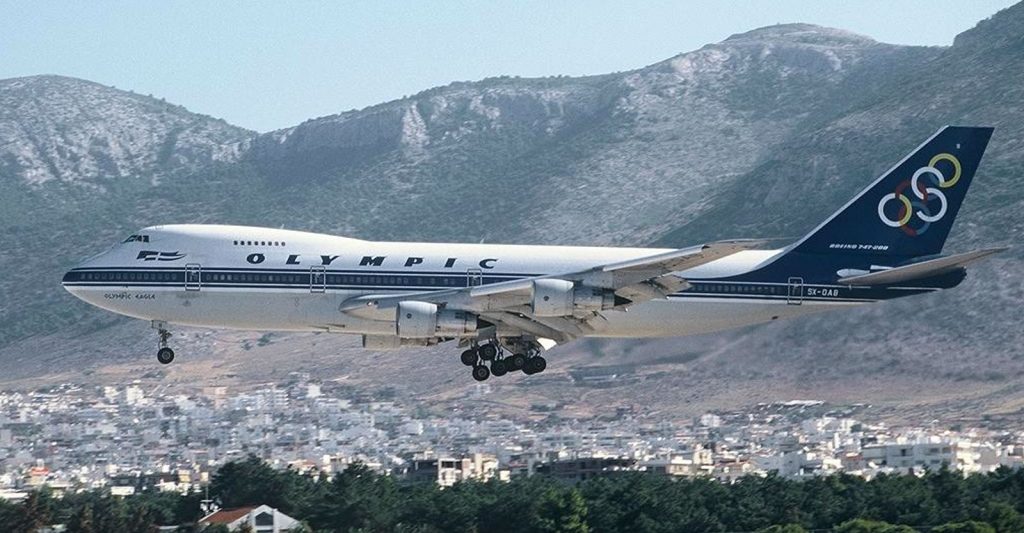
Established in 1957 through an agreement between the Greek Government and the magnate Aristotle Socrates Onassis, Olympic Airways, was the flag carrier of Greece for 52 straight years.
With Onassis, being the owner of Olympic, the airline grew and expanded worldwide as a private airline from its Athens base, which was where most of its scheduled flights operated from.
However, in 1973, Onassis, due to the death of his son Alexander Onassis in a plane crash, decides to sell all his shares of the airline again to the Hellenic State. Due to its state-owned status, Olympic initially still benefited due to the expansion of the fleet and the opening of new routes of positive results, however it quickly returned to the negative financial results that have been accumulating over its last decades.
The airline managed to survive, thanks to the constant capital injections by the Government of Greece, due to its great importance for the Hellenic economy.
In its last years of life, Olympic was the target of several initiatives to try to put the airline to positive financial results, but all failed. The last one, which aimed at a deep restructuring, took place in 2003, where Macedonian Airlines (an Olympic subsidiary), took over all Olympic Airways routes and operations, changing its name to Olympic Airlines, keeping the
same codes (OA and OAL). The airline also decided to combine all of its subsidiary companies and fly under a single name, however this process did little to improve the airline’s very serious results.
Olympic suffered an unsuccessful privatization attempt in December 2004, as none of the buyers was willing to reimburse almost 700 million Euros to the Greek State for state aid, which was later declared illegal by the European Commission a year later.
Before its definitive closure, Olympic operated a fleet of 44 aircraft composed of Airbus A319, A320, A340, ATR 42, ATR 72, Boeing 737, McDonnell Douglas MD-83 and Bombardier Dash 8.
Despite its closure, it is still possible to see its colors across the Greek skies through Olympic Air, which despite having inherited the name, logo and codes of the former Olympic, is a completely independent airline from Olympic Airways, but for reasons obviously, it is considered today Greece’s flag carrier.
Lauda Air – Austria
Founded by Formula 1 legend Niki Lauda in 1979, Lauda Air was an airline that maintained its base of operations in Vienna. It started operations in 1985 initially in the charter and air taxi services. 2 years later, Lauda Air obtained its license to operate with scheduled flights and in the early 90s, in 1990, it was also granted the license for international flights. Lauda
then began its first long-haul flights from Vienna to Sydney and Melbourne with a stopover in Bangkok, Kuala Lumpur and Bali. Flights to Cuba, Miami and Dubai via Munich followed.
Lauda Air became a subsidiary of Austrian Airlines in 2000 and years later its flight operations merged with those of Austrian, with the Lauda brand operating charter flights for the Austrian Airlines Group.
In 2006, plans were approved to start the phase-out of the Airbus widebody aircrafts by mid-2007, with Lauda thus, operating only with the Boeing 767 and 777 fleet. Due to this cut in its fleet, Austrian decided to cut some routes of Lauda’s long haul. With this, the airline decided to abandon the long-haul charter market the following year. This decision led to a new focus and a new business core, aimed at the small and medium-haul charter segment, with the acquisition of a Boeing 737-800 to take on most of these routes.
In 2012, Lauda officially merged with Austrian Airlines, passing all of its aircraft to the fleet of the parent airline, taking advantage of its business structure, thus ending a chapter of 33 years.
While flying, Lauda Air had “NG” as IATA code, “LDA” as ICAO code and its callsign was “Lauda Air”.
With 44 planes at the end of its operation, Lauda had the Airbus A320, Boeing 737, Boeing 767, Boeing 777 and Bombardier CRJ-100 in operation.
Spanair – Spain
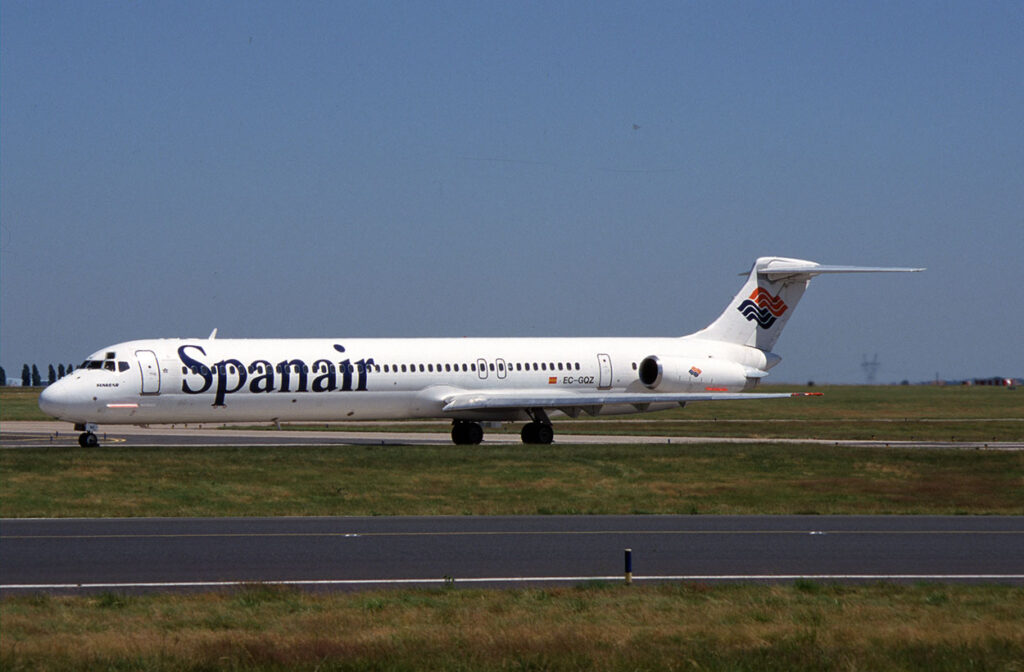
Spanair was a Spanish airline that operated scheduled and charters flights based in El Prat International Airport in Barcelona. It was founded in 1986 through a joint venture between the SAS Group and Viajes Marsans, having started operations in March 1988. Its IATA and ICAO codes were JK and JKK respectively, while its callsign being “Spanair”.
In 1991 Spanair began operating long-haul flights to the United States, Mexico and the Dominican Republic. Regular domestic flights followed in 1994 and then in 1997 destinations such as São Paulo, Havana, Washington D.C. and Buenos Aires were added to the long-haul network. The airline operated long-haul flights with Boeing 767-300ER. However, these flights were discontinued after the September 11, 2001 attacks. In 2003, Spanair joins the Star Alliance and thereby begins a series of flights shared with its alliance partners.
In 2007, SAS Group, which held 95% of Spanair’s capital, decides to sell its share, but nevertheless did not receive any viable offer and decided to withdraw its offer from the market. However, the SAS Group received a proposal of 1€ from a group of Investors from Catalonia that bought a part of the airline, thus making the SAS Group the minority shareholder. At the same time, Iberia had decided to centralize its entire operation in its Madrid hub, leaving Barcelona as a secondary airport.
With this offer, the Catalan group thought that with the purchase a competition would arise with Iberia, since its objective was to make Barcelona also a hub.
A considerable part of Spanair’s business core was charter flights for third-party tour operators that were abruptly hit by the 2008 financial crisis, coupled with rising fuel prices, and the aggravating of accident in August 2008 shortly after takeoff in Madrid in which 154 people died. All of these factors together put serious and heavy pressure on the airline, which was beginning to show signs of financial weakness.
Despite the attempts to be a Catalan airline that could compete with Vueling and Iberia, Spanair just continued on a downward path to the point where shareholders could no longer rescue the airline. An attempt to purchase the airline by Qatar Airways was called into question, but negotiations failed. With this, Spanair abruptly interrupted its operations on
January 27th, 2012. Spanair held 29 aircraft at the time of its bankruptcy: 19 Airbus A320, 5 A321, 1 MD-82, 3 MD-83 and 1 MD-87.
Aigle Azur – France
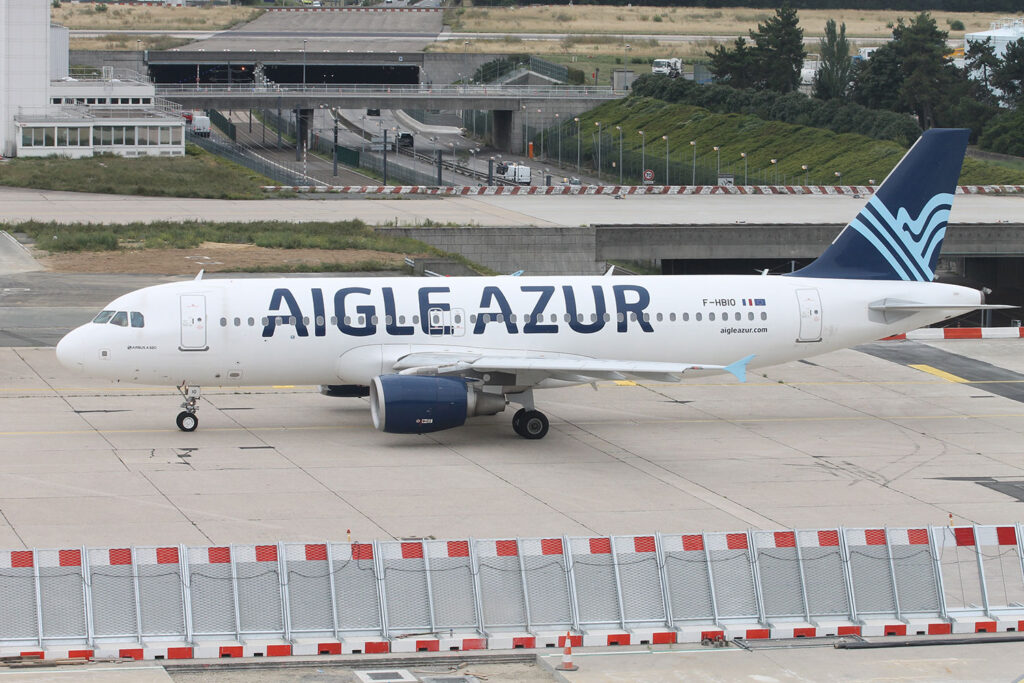
Aigle Azur at Paris Orly
Aigle Azur was a French airline founded in 1946 by Sylvain Floirat and based at Paris-Orly Airport. At the time of its founding, it was the first private post-war airline, starting to operate with some Junkers Ju-52. In the following years, its founder managed to obtain some contracts which allowed Aigle Azur to grow.
In 1970 the airline was re-established as a regional airline under the name “Lucas Aviation”. With this designation, it initially operated regional flights, including a year of connection between Deauville and London – Gatwick. In addition to this route, Aigle Azur also offered private flights for businessmen, politicians and artists.
In 2001, Aigle Azur was acquired by the GoFast Group, which invested capital in the airline and updated its fleet, initially focusing initially on charter flights to Algeria. Until 2012 the airline expanded, opening routes to Africa and Europe. In 2012, the Chinese group HNA Group, acquired 48% of the capital of the French airline. Thus, the airline was owned by the
Weaving Group, Lu Azur and the HNA Group. Also during that year, a partnership was signed with Corsair to harmonize the respective networks in order to enhance passenger connections at Paris – Orly Airport.
In 2017, the Weaving Group sells the remaining 32% of its shares to David Neeleman. With David Neeleman, Lu Azur and HNA Group as shareholders of the airline, they choose Frantz Yvelin as CEO of the airline. In 2018, Yvelin announces the airline’s new strategic plan that envisaged the integration of two Airbus A330-200s from Air Berlin to operate on the airline’s new long-haul routes: Beijing and São Paulo.
During this period, Aigle Azur experienced great growth, opening more routes and signing more partnerships. However, French businessman Gerard Houa who controlled 20% of the airline tried to gain control, but was stopped by Neeleman and the HNA Group. After that the company came under the responsibility of a temporary administrator in August 2019.
It was the beginning of the end for the airline. On September 2nd, 2019, Aigle Azur filed for insolvency and was put into court liquidation while still operating with its flights. As of September 5th, it was decided to cancel all flights and the sale and issuance of new tickets for all flights was suspended on September 10th, with the airline’s financial situation and
operational difficulties evoked.
The deadline of 9 September was set for public offers for the acquisition of the airline. 14 public offers for the acquisition of a significant part of the assets by Air France, Groupe Dubreuil (owners of Air Caraïbes and French Bee) and Lu Azur (owned by former shareholder Gerard Houa), easyJet and Vueling.
18 days passed between proposal reviews and deadline extensions, but in the end none of the proposals proved viable and the airline was formally liquidated by the commercial court on September 27th, 2019.
At the time of its bankruptcy, Aigle Azur operated regular flights from France to 21 destinations across Europe, Africa and the Middle East, supported by a fleet of 11 1 A319, 8 A320 and 2 A330 aircraft. His IATA code was ZI, ICAO AAF callsign was “Aigle Azur”.


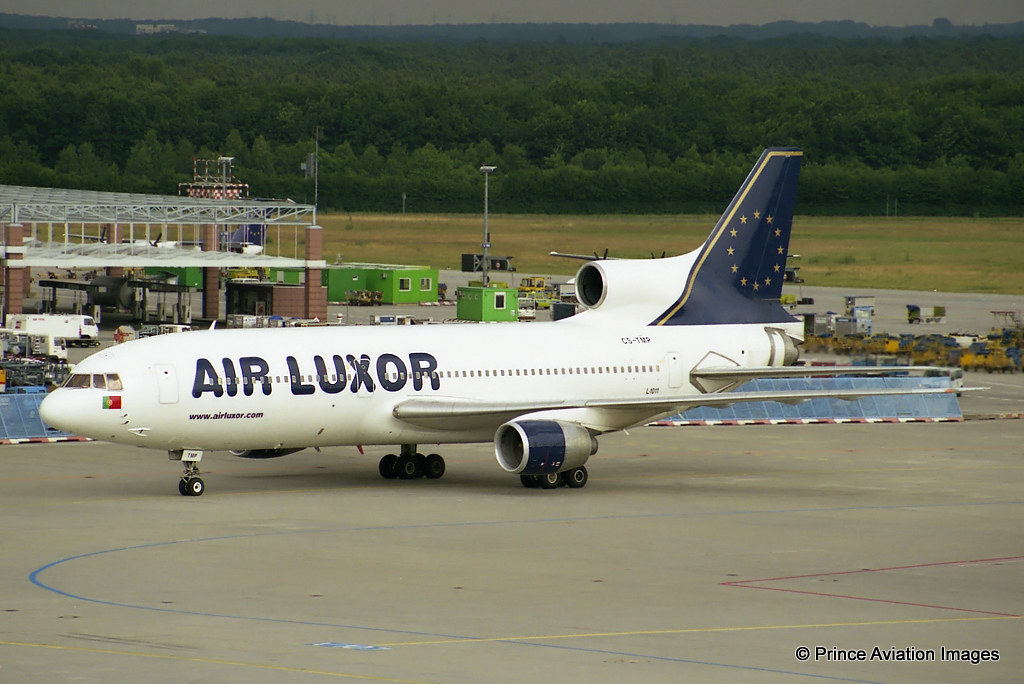
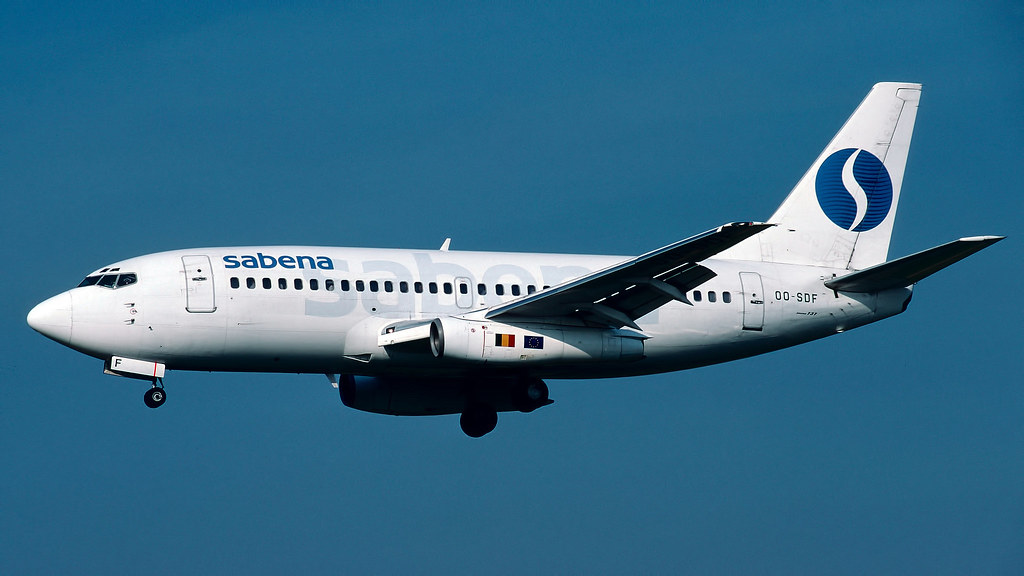
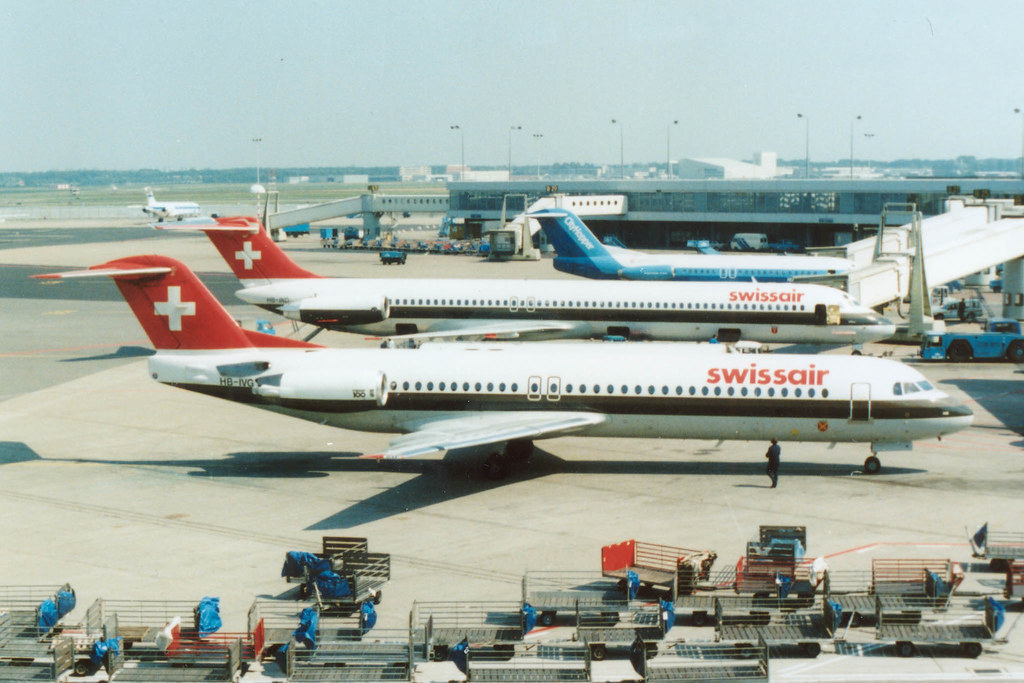
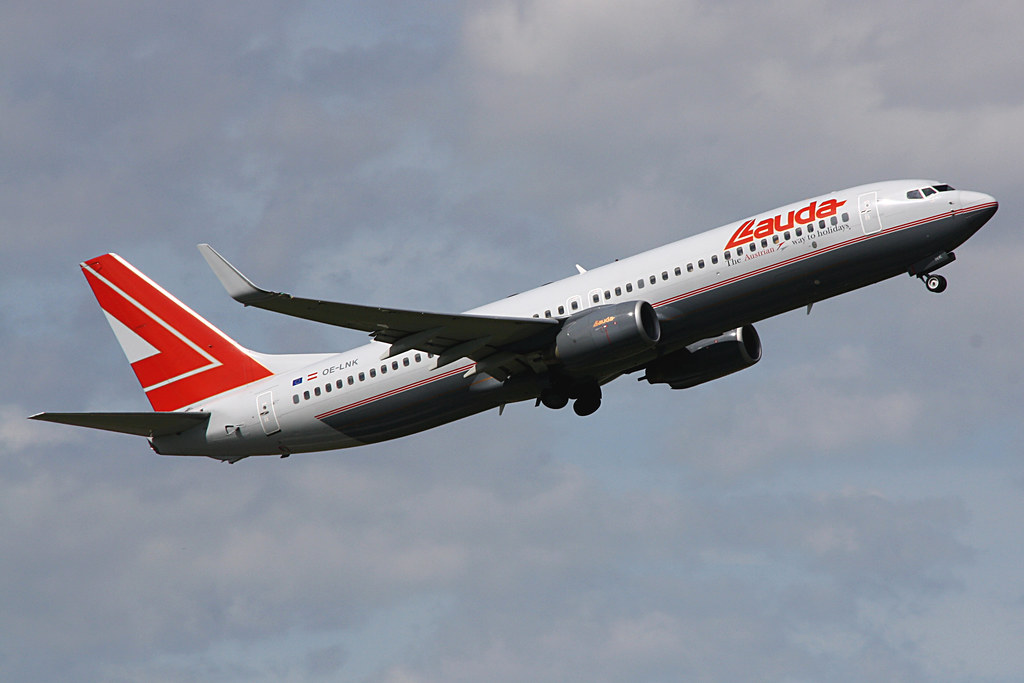




2 comments
Hi Matt, have only flown on Swissair out of that list, but photographed types from each of the other airlines.
With Swissair, I flew on the 747-200, DC-10 and DC-9, great airline indeed.
hello! would you happen to remember if you flew on hb-iga, or hb-igb? if you flew on hb-iga, or Geneve, do you have any photos of her at all? if you don’t remember or if you don’t have any pictures that’s totally alright,